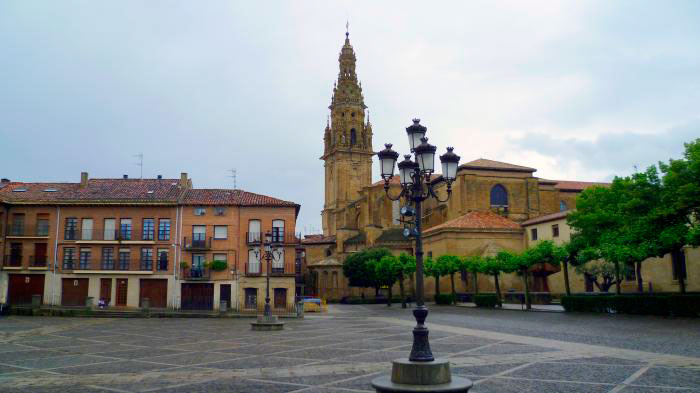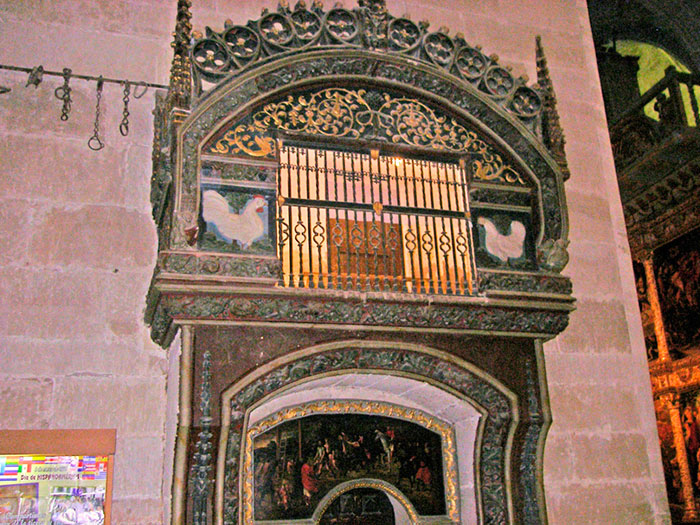
The pilgrimage route from France has remained without interruption since the century 9th after news of the alleged findings of the remains of the Apostle reached Santiago de Compostela in Spain and, spread to numerous corners of Europe.
Santiago de Compostela was converted into an end goal for millions of walkers on a journey that would encounter thieves among other dangers. For this reasons Kings and nobility endeavoured to protect the Camino by providing services for pilgrims and, in turn provoking the birth of new towns and villages along its trail. At the end of the XI century the French way became fixed, something confirmed by the publication in the year 1135 in the Codex Calixtinus, a medieval guide to the pilgrimage to Santiago, attributed to the French cleric Aymeric Picaud.
During this period lots of legends accompanied the pilgrims on the Camino. Legends and stories, told by the villagers, lit pilgrims imagination, encouraged and entertained them. Here is one of the most interesting and popular legends on the Camino Frances: The story of the rooster and the hen in Santo Domingo de la Calzada.

Into the cathedral of Santo Domingo de la Calzada there is the Gothic chicken coop of polychrome stone, built in the mid-fifteenth century and which houses a living rooster and a hen in commemoration of the miracle of the hanged pilgrim, one of the most widespread Jacobean legends throughout the Middle Ages.

Tradition recalls how a German couple on the pilgrimage to Santiago with their son. On reaching Santo Domingo they stayed at an inn. The innkeeper’s daughter fell in love with the young man but the feeling was not reciprocated and in revenge she hid a tin jug among the Germans luggage. On the pilgrims departure from the centre the girl reported the robbery, leading to the capture of the boy, who was accused of theft and sentenced to hanging. His parents continued their pilgrimage and, on their return stopped to see the body of their son, to discover, surprisingly that he was still hanging but alive. Popular memory claims that the young man told them that it had been Santo Domingo who had helped him to stay alive while others claimed that it was the prayers of the parents for a saint to keep him alive by holding him from below. In any case the parents immediately went to the mayor to tell him about the miracle, he was sceptical and assured them that their son was as alive as the roasted rooster and hen he was about to eat. Immediately the feathers of birds returned and they came to life, confirming the prodigy and that gave rise to the famous saying: “Santo Domingo de la Calzada, where the chicken sang after being roasted.”

The presence of live animals in the temple has been documented since 1350. Currently the rooster and hen are changed every fifteen days. The eggs laid by the hen are for the sick people of the enclave. No wonder they sing in the middle of the chicken coops, this serves to distinguish the locals from the tourists and pilgrims, the residents do not turn around, while the pilgrims and tourists, surprised, turn around. Below the henhouse there are some gaps, forged over centuries by the pilgrims whom, with their staffs attempt to startle the birds in order to take a feather.
Buen Camino, cock-a-doodle-doo!
Anxo Saco



Comments
Nicholas Ireland
This interesting legend has just been described in detail by Rick Stein in his cookery programme from Spain